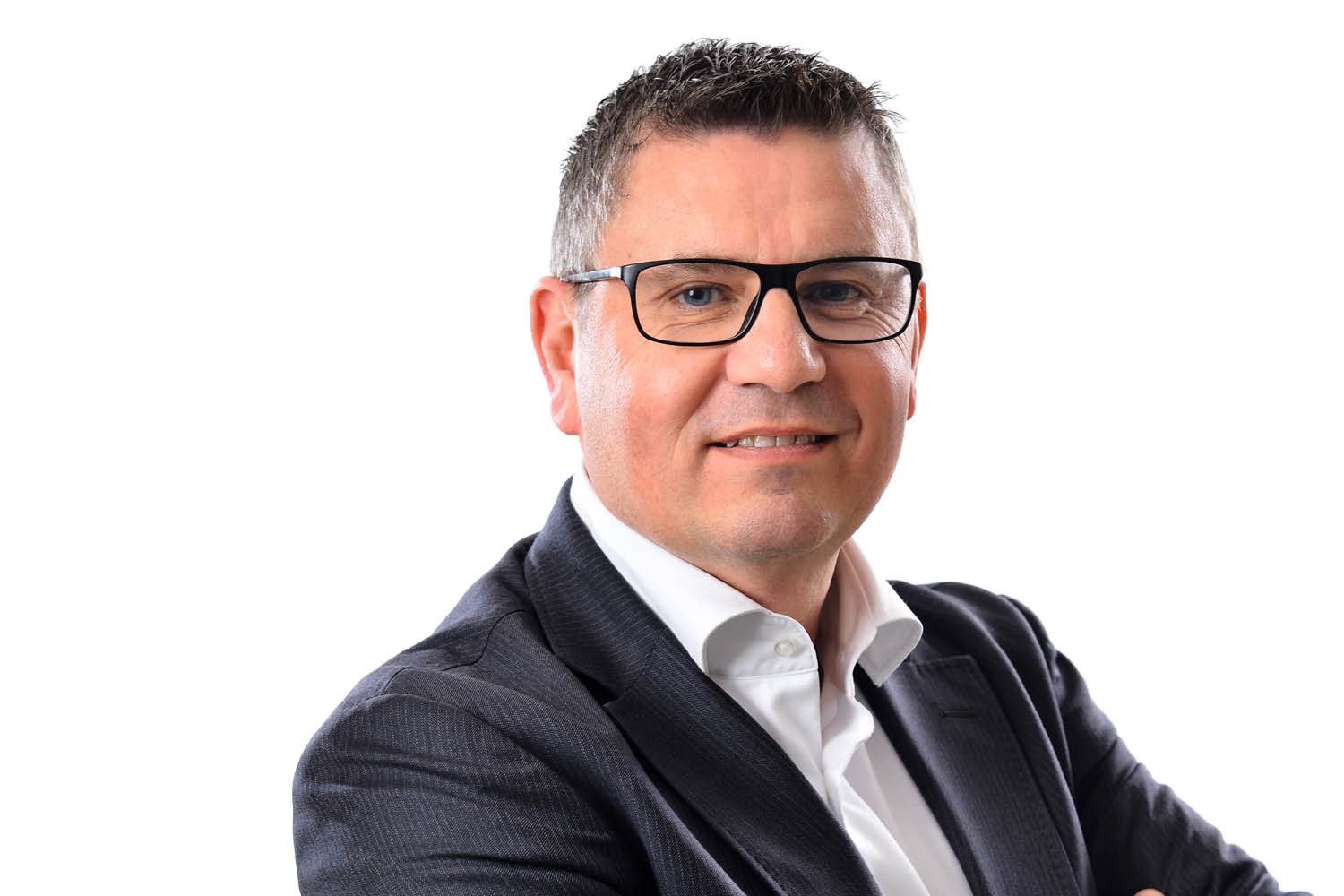Energy played a key role in reaching the climate and decarbonization objectives, and the grid operators faced a triple challenge: accommodating decentralized production and enabling the transitions to electrical mobility and electrical heating. To meet these challenges, ORES relied first and foremost on its infrastructure, in which it continued to invest heavily, and on the efficient use of data for the benefit of a consumer who became increasingly a consumer-actor.
Today, in anno 2030, the energy sector embraces things that caused concern in the past, such as the energy transition and decarbonization. We realized that we needed to talk about these issues in concrete terms and see how they transform the lives of people, businesses, and energy players. In other words, we have moved from conceptual thinking to reality.

Fernand Griffnée
CEO ORES
Three major areas were connected to the energy transition and decarbonization: electricity production, heating, and mobility. In the coming years, we must meet these three challenges in order to achieve the objective of a climate-neutral European Union by 2050, i.e. tomorrow.
Produce electricity differently
Electricity production had to increase substantially due to the electrification of our society. Today, we are pursuing the decentralization of electricity production, mainly through photovoltaics. In the past 10 years, no less than two gigawatts of renewable electricity have been added to our network – roughly the equivalent of two nuclear reactors, to reach a total of more than four gigawatts. This meant that ORES had to develop a new activity, namely the accommodation of decentralized electricity generation.
Heat homes and organize mobility differently
In Wallonia back in the 2020s, around 40% of the population heated their homes with gas and another 40% with fuel oil. The rest was covered mainly by biomass or heat pumps. The priority was to increase energy efficiency and to reduce the share of fuel oil. Furthermore, gas was gradually replaced by biogas as we realized that the potential of biogas in Wallonia is substantial3. The advantage of biogas was that the existing gas network could be used. It provided a new revenue stream for the actors in the agricultural sector, which, together with the public authorities, were important partners to develop this industry.
As far as hydrogen is concerned, we remained attentive to the development of the sector, but did not see immediately important development of the uses on our infrastructure.
Electricity plays an important role in heating as well. Over the last decade, we have seen an important electrification of heating with heat pumps becoming the standard for new or well insulated homes. Hybrid solutions that smartly combine electric heat pumps with gas boilers - depending on external temperatures - have also been adopted by many households and contributed to the decarbonization of heating.
The number of electric cars increased massively between 2020 and 2030 and is expected to represent the majority share of the car fleet of 2050.
As far as ORES is concerned, we knew enough about the future trends to act in 2022. It was certainly not too early to put the required projects in place. We did not have the time to wait any longer

Significant investments in the low voltage network
These three elements have a significant impact on the electricity and gas distribution networks, which raised two questions. First, were the networks ready? And if not, would we have sufficient time to adapt them?
We were able to gradually adapt the distribution networks. They were not in a situation of under investment. However, the pace at which we had to transform the networks had to accelerate around 2028-2030. The amount of required investment also increased rapidly, particularly in the low voltage network, which was put to the test because it is at this level that electric vehicles are being charged and solar panels and heat pumps are being connected. This also meant that we had to adapt our operations significantly. Until then, we were used to working mainly on the medium voltage network. The low voltage network is more fine-grained, spans over 50,000 km (1.25x the Earth’s circumference) and is situated along municipal roads.
In order to relieve the low voltage network as much as possible, we had to incentivize certain applications that used the medium instead of low voltage network, such as, for example, photovoltaic panels.
As far as ORES is concerned, we knew enough in 2022 about what was going to happen in the next years to launch projects and invest. So today, anno 2030, our networks are ready for the new uses we anticipated.
Data & infrastructure
Even in anno 2030, infrastructure remains the core business of a network operator. This does not mean that we neglect data. Together with software it is a key enabler to minimize our investments, allow efficient operation, unlock flexibility in the network, and offer new services to our customers. In order to avoid duplication of tasks, it was important that the distribution network and the transmission operator worked together to develop a unique, real-time data platform in Belgium, which was able to manage the significant amount of data.
Thanks to the investment in data, a whole new range of services have been proposed to consumers, by ORES but also by a large eco-system of companies, from startups to well established energy players.
These services have allowed consumers to take a much more active role regarding their energy use, by adapting their consumption depending on market conditions, by providing win-win flexibility services to the network operators, and by actively participating in energy communities. These new consumer behaviors, facilitated by investment in data, have been to the triple-benefit of the energy transition, reduced energy bills, and the sustainability of our energy network.
To support this energy transition and the electrification of society, ORES had to invest efficiently and accurately. In other words, we needed to get it right. We knew enough in 2022 about what was going to happen in the next years to launch projects. It was certainly not too early to put in place the required projects. We did not have the time to wait any longer. Today, in anno 2030, our networks are ready for the new uses we anticipated.
About the interviewee
Fernand Grifnée is the Managing Director of ORES, the operator responsible for the electricity and gas distribution networks of some 200 Walloon municipalities, and a well-known player in the energy world. As law graduate from ULiège, he worked in the early 1990s in the office of Justice Minister Melchior Wathelet, before joining Electrabel in 1995, where he became communications director in 2002.

Voices on 2030: The new reality for Energy
Discover more perspectives from Voices representing the energy industry.
Download full report ⤓




